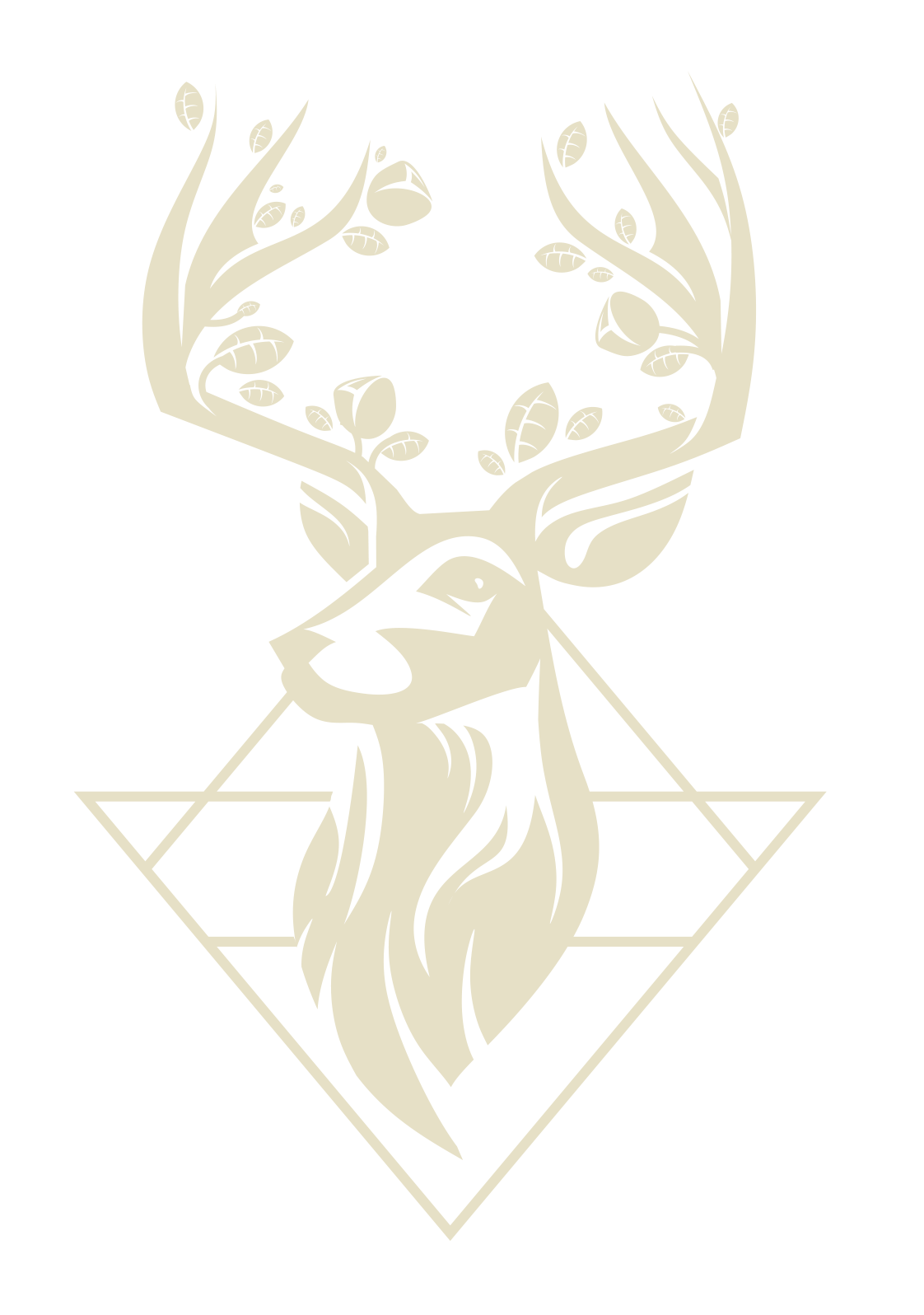Practice 4 - I’m wanting
This practice is about showing a deeper layer of your experience by revealing your longings and desires in connection. It is about finding and expressing what you actually want.
On the one hand, it can be obvious what you want but vulnerable to show this to others—especially when you fear that it might not be met, or worse, that it might repel the other. On the other hand, it can be a struggle to know what you really want—beyond your habitual way of being in relationship. The invitation in this practice is to go into this struggle with attention, further into the space of not knowing, and allow a deeper layer of experience to emerge and guide you in connection.
This practice is about a deeper intimacy with yourself, and about bringing a deeper trust to your experience. We believe that longings and authentic desires guide us deeper into the essence of who we are, and that they can create magic, authenticity, and more aliveness in our connections.
Preparation
Getting deeply in touch with your experience is essential for this practice.
A good way to begin opening to your deeper layers of longing, is to spend some time in eye-gazing meditation, and then share what you are noticing.
In addition, before you begin the practice, you could spend a little time exploring (or even writing down), what you want more of—in yourself and in the connections in your life. Once you are in the practice you can let go of this to feel what is present in the moment.
Instruction
It is important to take time to open to what is present for you, and to come into connection with the other. When you start to feel this connection, set the intention to discover what you want. Once you have set this intention, stay in presence and wait for something to emerge.
It is essential that you fully own what you want, without an expectation on the other to fulfil what you express. There is a world of difference between ‘Can you tell me more about you?’, and ‘I want to know you at a deeper level’. The first is a question that does not reveal what is in you (and therefore involves very little vulnerability when compared to owning a desire), and is less likely to inspire the other to become more vulnerable. The second example involves directly showing your desire, and leaving yourself open to a deeper level of not getting what you want. This is a more vulnerable experience, and usually creates more energy in the connection. We also find that when we come from this place, the other is more open to share what they want, and respond truthfully to the desire we have shared.
Examples
More owned: 'I want to show you how vulnerable I can be around you.'
Less owned: 'I want you to be more vulnerable and to see me more.'
More owned: 'I want to go slowly, because I want to really know I am being truthful.'
Less owned: 'I want you to slow down, I don't get all your speaking.'
More owned: 'I want some more space.'
Less owned: 'You’re invading me, I want you to get back.'
Notes
It is very important in this practice to distinguish if your wanting is actually an attempt to avoid or move away from what is already here. For example: ‘I want you to stop talking from your head’. It is more impactful when your expression of what you are wanting comes from a place of being ok with what is here, and from your authentic longing/yearning/desire. For example: ‘I hear what you are saying and I want to know how this feels for you’.
After you have shared, can you wait in the silence for the other’s response? In this time you will likely feel more uncertainty, but if you can open to this, it can really bring a lot of sensation and openness to the connection.
Why this practice is powerful
Being able to express what you are wanting will allow you to bring more true vulnerability into your connections, and to show more of yourself. One of Circling’s foundations is the invitation to be present and open to what is, but this doesn’t mean bypassing needs and longings. Although feigning acceptance can seem easier than revealing your vulnerable desire, naming what is there on the level of your wanting (even when it is not met), can give a great sense of freedom in your connection for both you and the other person. We also find that other people will start to be inspired to show what they are wanting in our presence, which brings a lot more aliveness.
Lastly, owning your desires is a powerful way to increase your chances of getting more of what you want, and at a deeper level. Within our needs and longings, we can find a magic that can be brought into awareness, opening a whole new level of possibilities that were previously hidden in our fear of being who we truly are.

